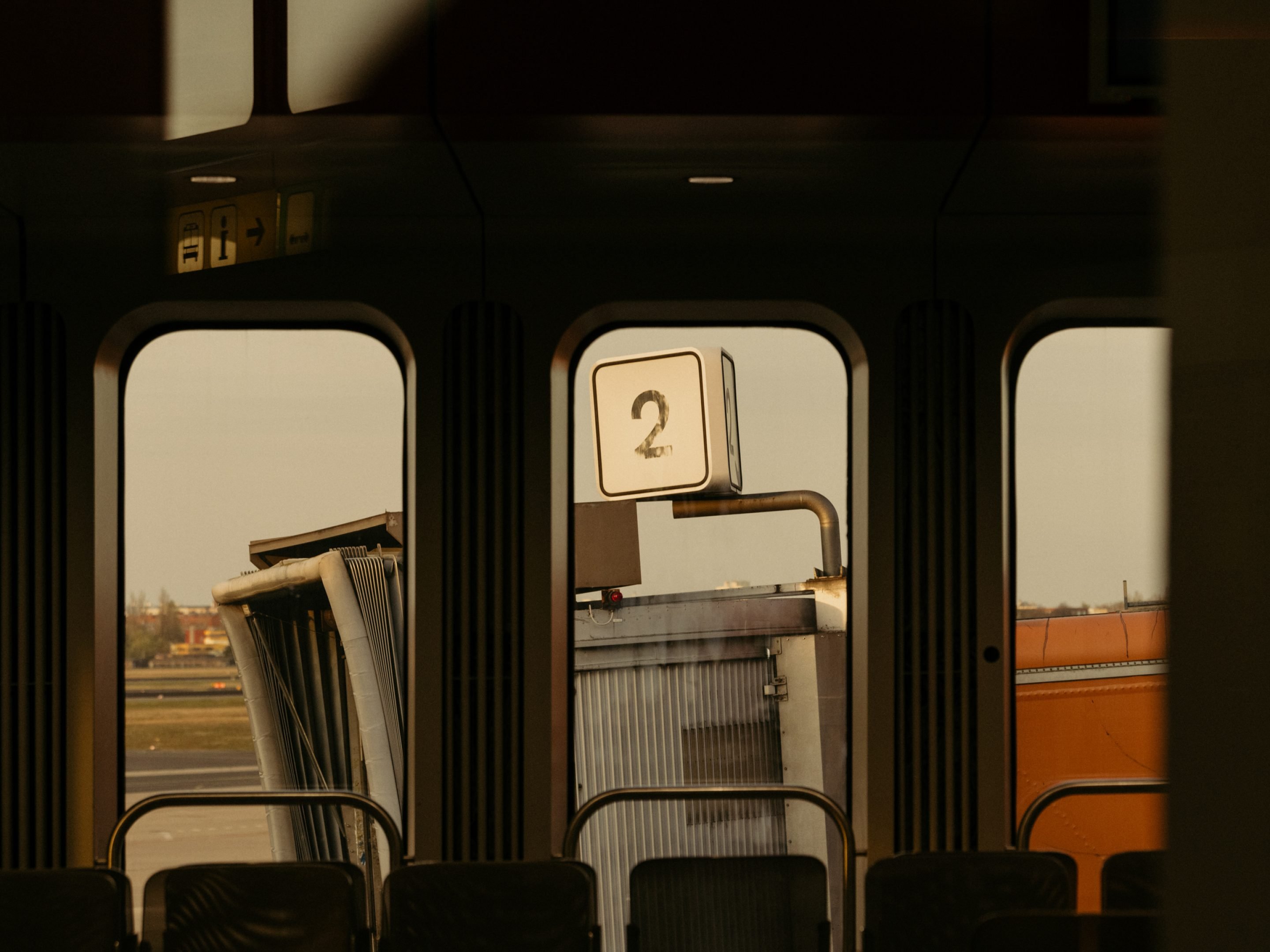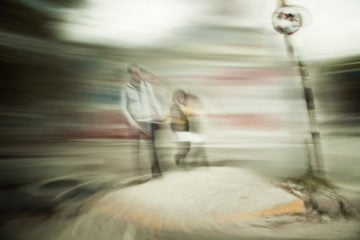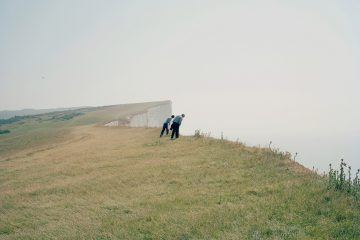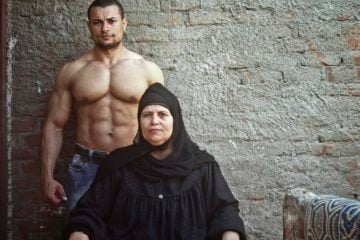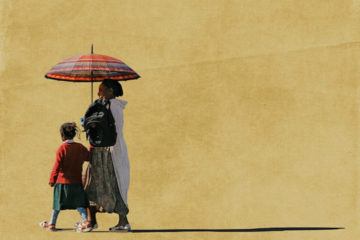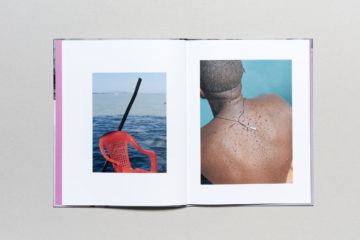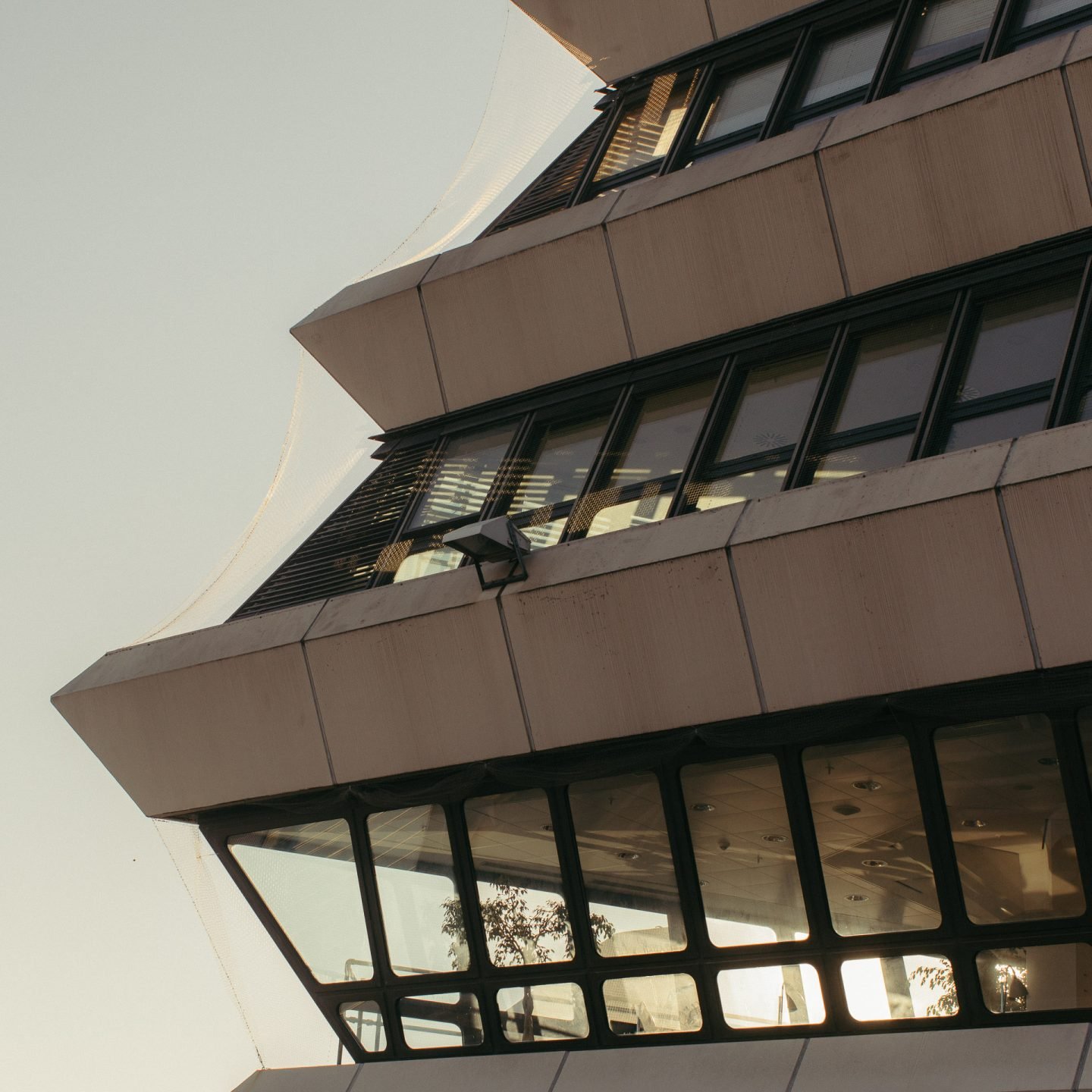
Flughafen Tegel, An Ode To Berlin’s Iconic Closed Airport From Photographers Robert Rieger And Felix Brüggemann
- Name
- Felix Brüggemann · Robert Rieger
- Project
- Flughafen Tegel
- Words
- Steph Wade
Berlin-based photographers Robert Rieger and Felix Brüggemann collaborated to co-produce Flughafen Tegel, a cinematic photo book depicting the iconic, cherished, and now closed Tegel Airport. In the book’s pages, the pair present their unique portrait of the empty aerodrome, offering unobstructed views of its 1960s architecture with an artistic sensibility towards hidden detail.
Flughafen Tegel, which means airport in English, finally closed its runways for good in November 2020, after postponing the event for eight years due to long term delays of the new Berlin Brandenburg Airport. What was once symbolic of the freedoms of West Berliners in a divided city—Tegel connected West Berliners to the outside world, away from Soviet-occupied East Berlin authorities—now marks the end of an era. Tegel simply became too small for a united Berlin after the fall of the Berlin Wall. The airport’s original design, a central building complex in the shape of a hexagon, was created with function and efficiency as its main considerations: each of the original 14 gates would be self-sustaining with their own check-in, security, customs, and luggage belt, and drivers could drop passengers off directly outside their departing gate. All one-of-a-kind factors that made this eccentric addition to Berlin one of its seminal pieces of history. It is a pertinent example that the creativity the city is famous for extends even to the Brutalist design of its airport.
What was once symbolic of the freedoms of West Berliners in a divided city—now marks the end of an era
In the spring of 2020, during the global COVID-19 pandemic, Tegel was running at minimum operation; the usually crowded airport was almost stranded, revealing a sudden calm and emptiness that is strangely atypical of an international airport. This offered Rieger and Brüggemann unobstructed views of the airport’s singular architecture and internal structures. Capturing the visuals of Tegel with rare precision through unique angles, warm colors, and hazy lighting, the frames in Flughafen Tegel, a selection of which are featured below—demonstrate the pair’s incredible photographic skills and clean-cut visual aesthetic. We spoke to the duo from their studio spaces in Berlin about creating their serene photo book, which is published by POOL Publishing and available for purchase here.
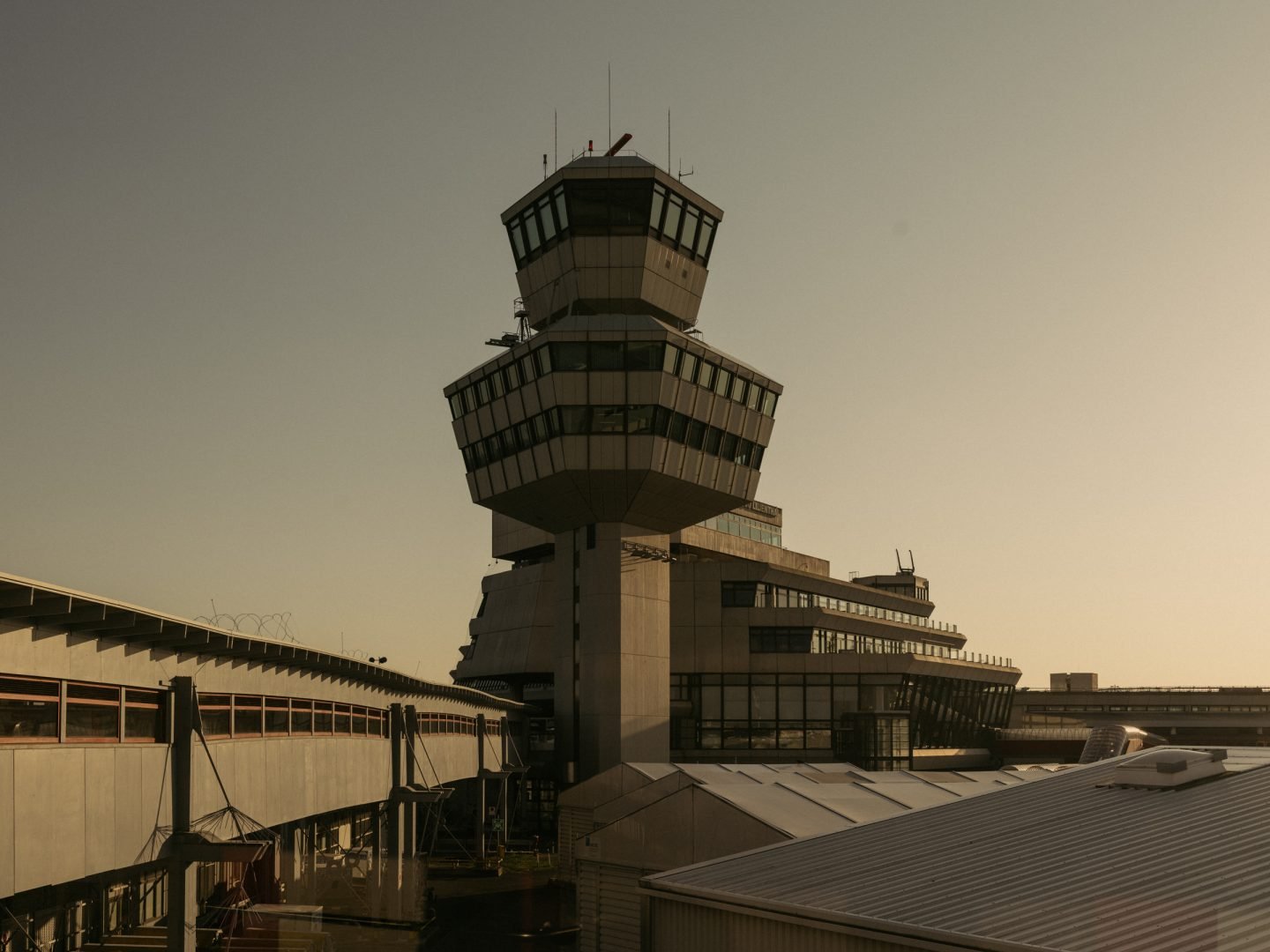
Tegel has a fascinating history. Can you explain briefly why this interested you?
Since we both travel a lot for work we were very familiar with the airport. When Berlin was in lockdown in spring 2020, Felix happened to pass by the airport on a bike tour with his son. They found the place empty, looking like a stranded spaceship. (Felix’ son Igor actually said the airport reminded him of Star Wars.) We only knew the place as crowded and hectic during work trips and now it was the first time to actually take a closer look at it. The cars, buses, people and planes were gone, so we could actually see the architecture.
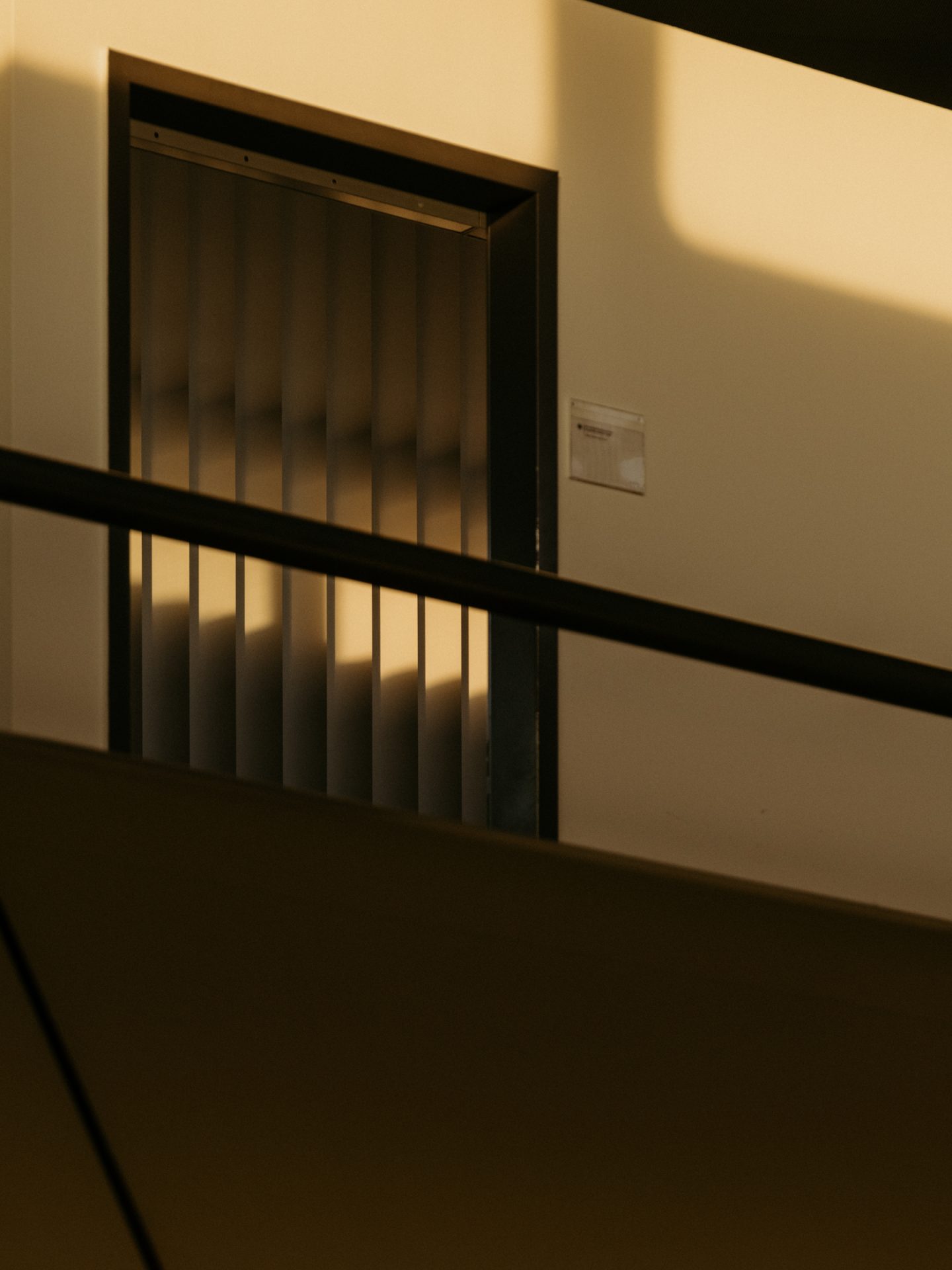
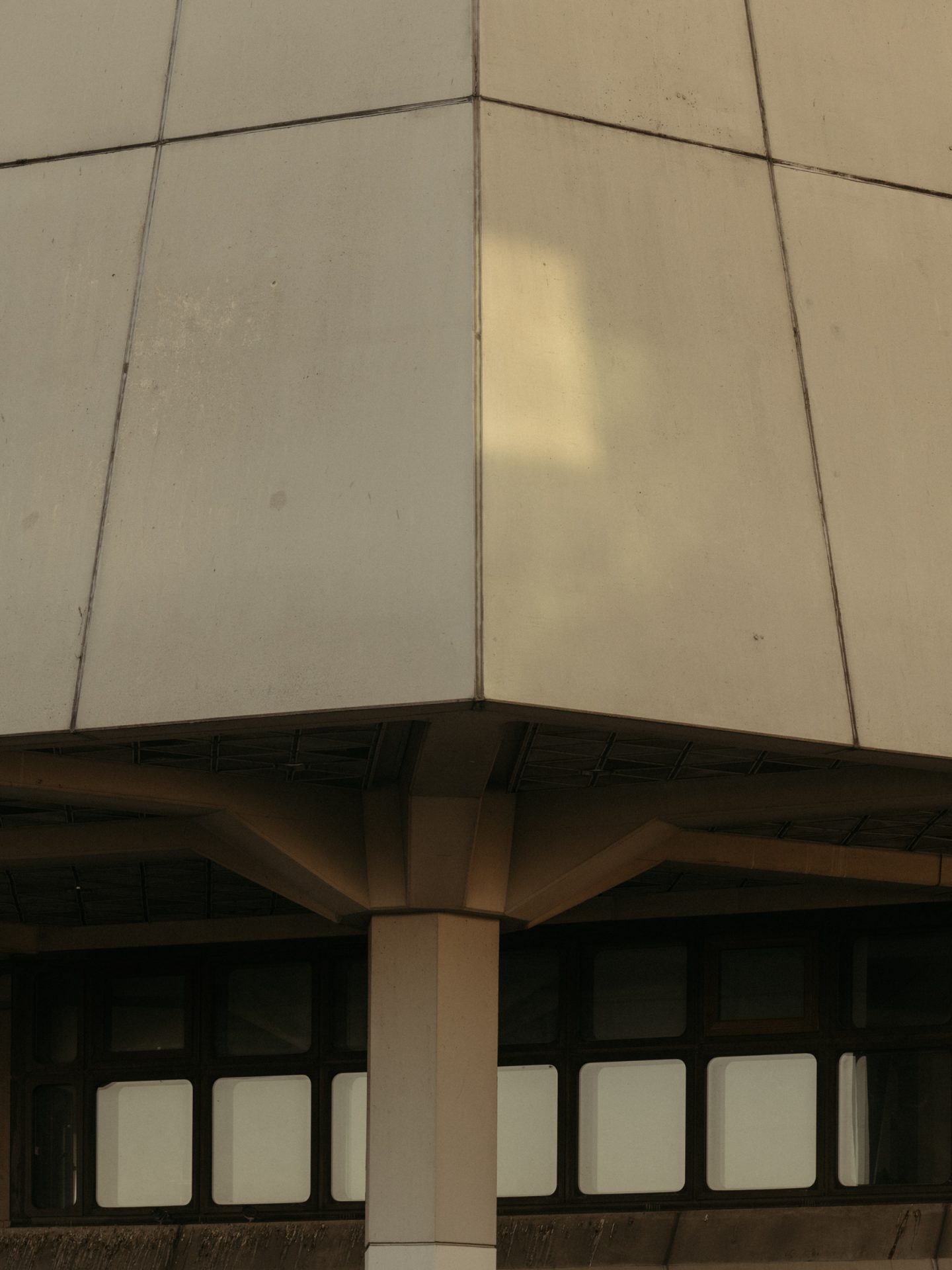
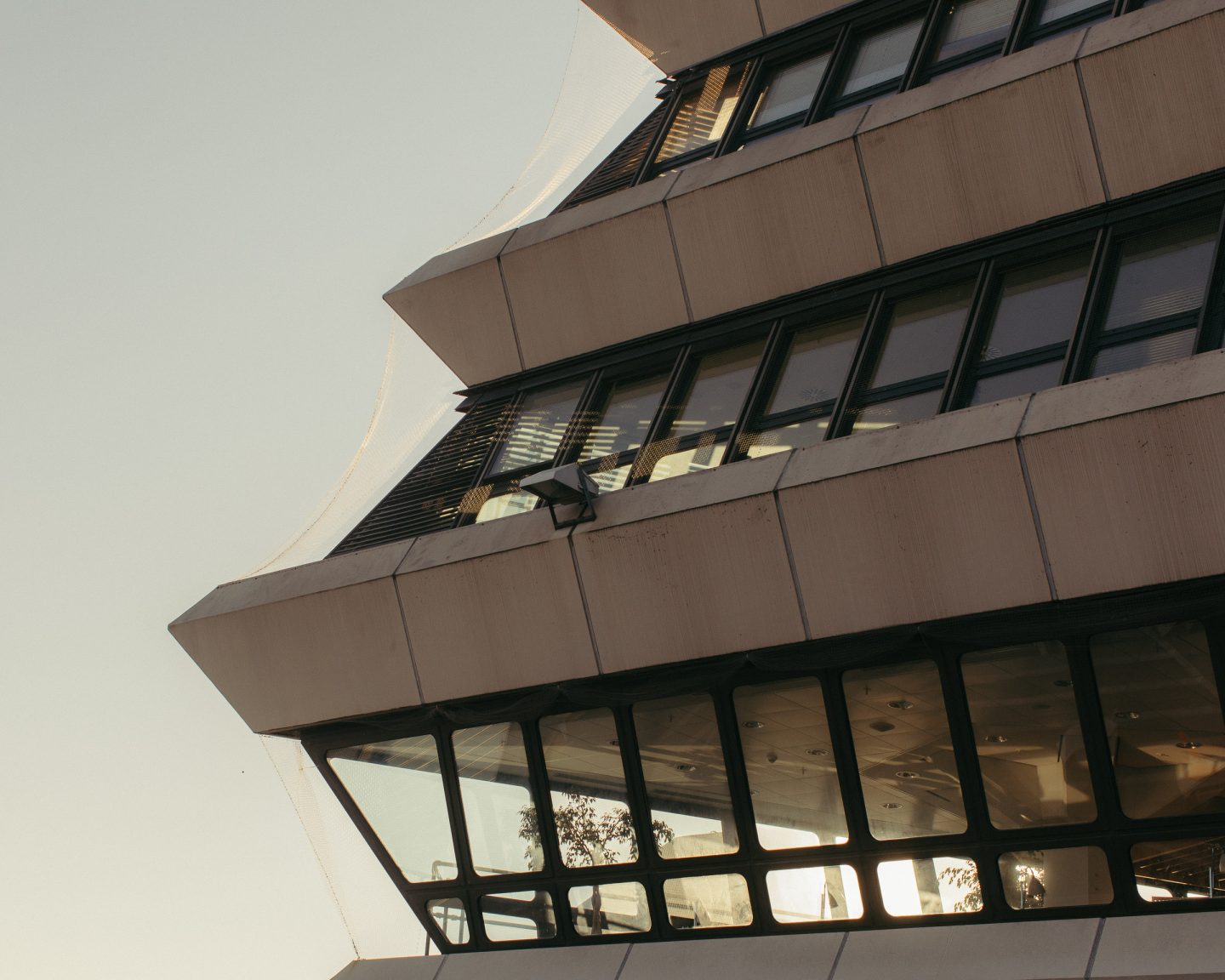
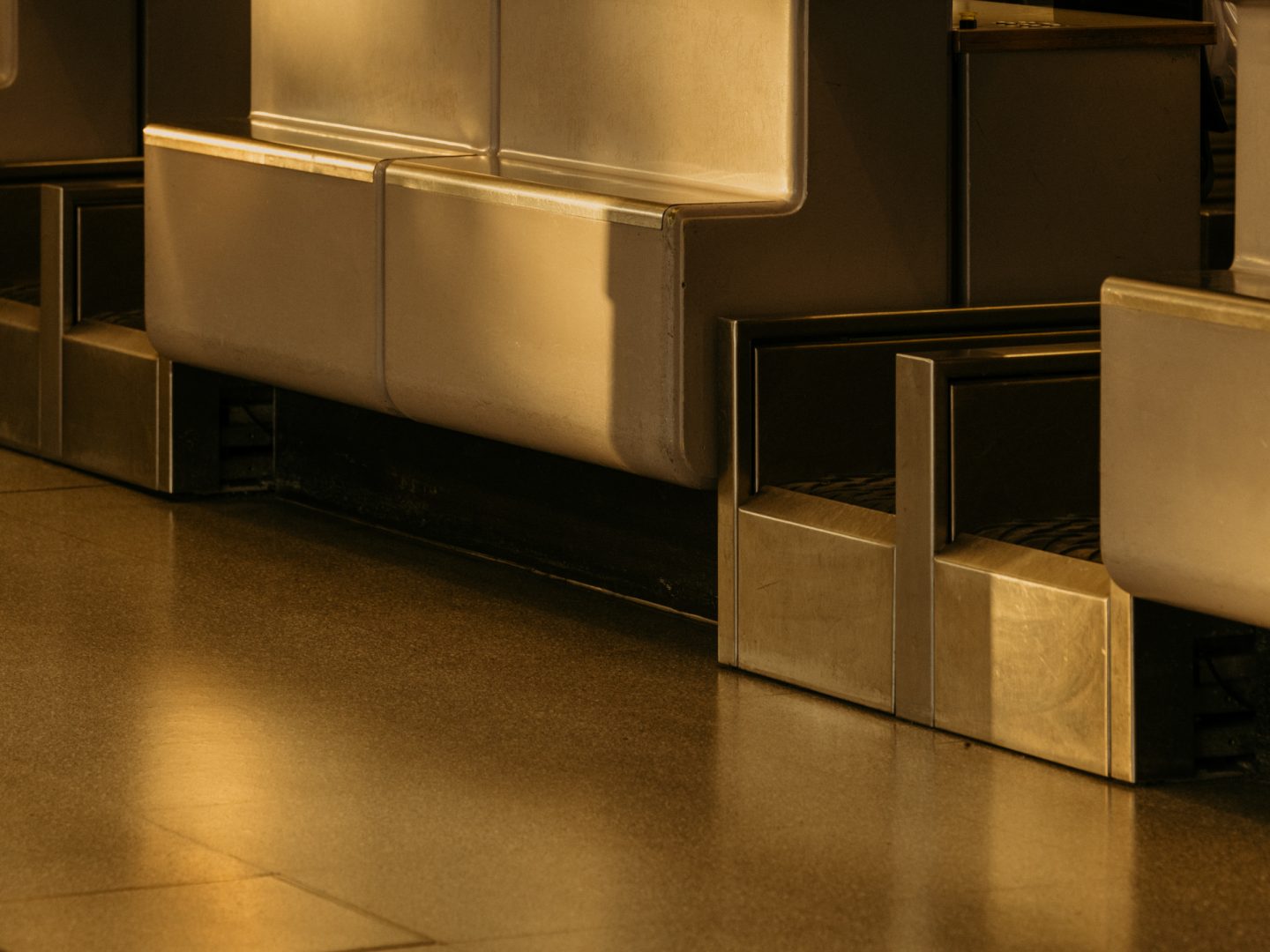
What intrigues you about its iconic architecture?
We spent hours walking through the deserted terminals and parking lots, observing the sun accentuating the surfaces of the worn out materials. This airport is nothing like any other airport—initially you could drive directly to your gate, without having to walk miles to reach check-in areas, or wasting time in duty free shopping malls. Today this seems very intriguing and anachronistic: nowadays, the paranoid security requirements of air travel and constant congestion of urban road traffic does not allow for such a casual and comfortable way of switching between the two, so Tegel felt increasingly dysfunctional towards the end. Still, there was something.
How did you come up with the idea to publish a photo book about Tegel?
We started this project rather playfully, just to document the place for ourselves and after a lot of visits during which we both wandered the place together, shooting side by side—we looked at the vast array of images and thought, why don’t make a small publication out of it? Eventually we found a few color slides by Felix’s grandfather, shot at Tegel in the 1970s right after it opened. We decided to include them into the project, so this is how the postcards happened. Also, we were extremely lucky to collaborate with [designer] Maximilian Mauracher for the design and [writer] Sophie Lovell for the essay.
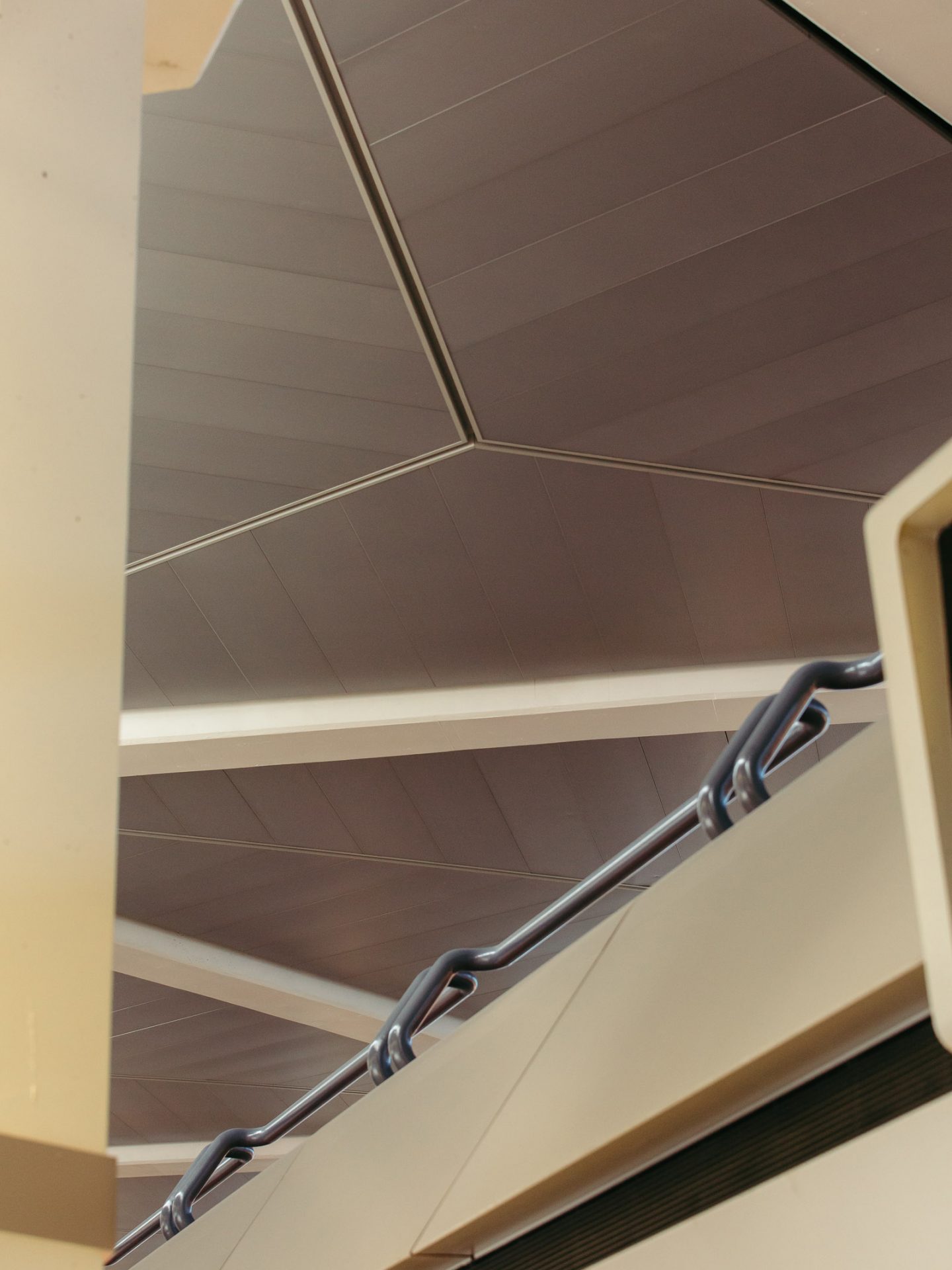
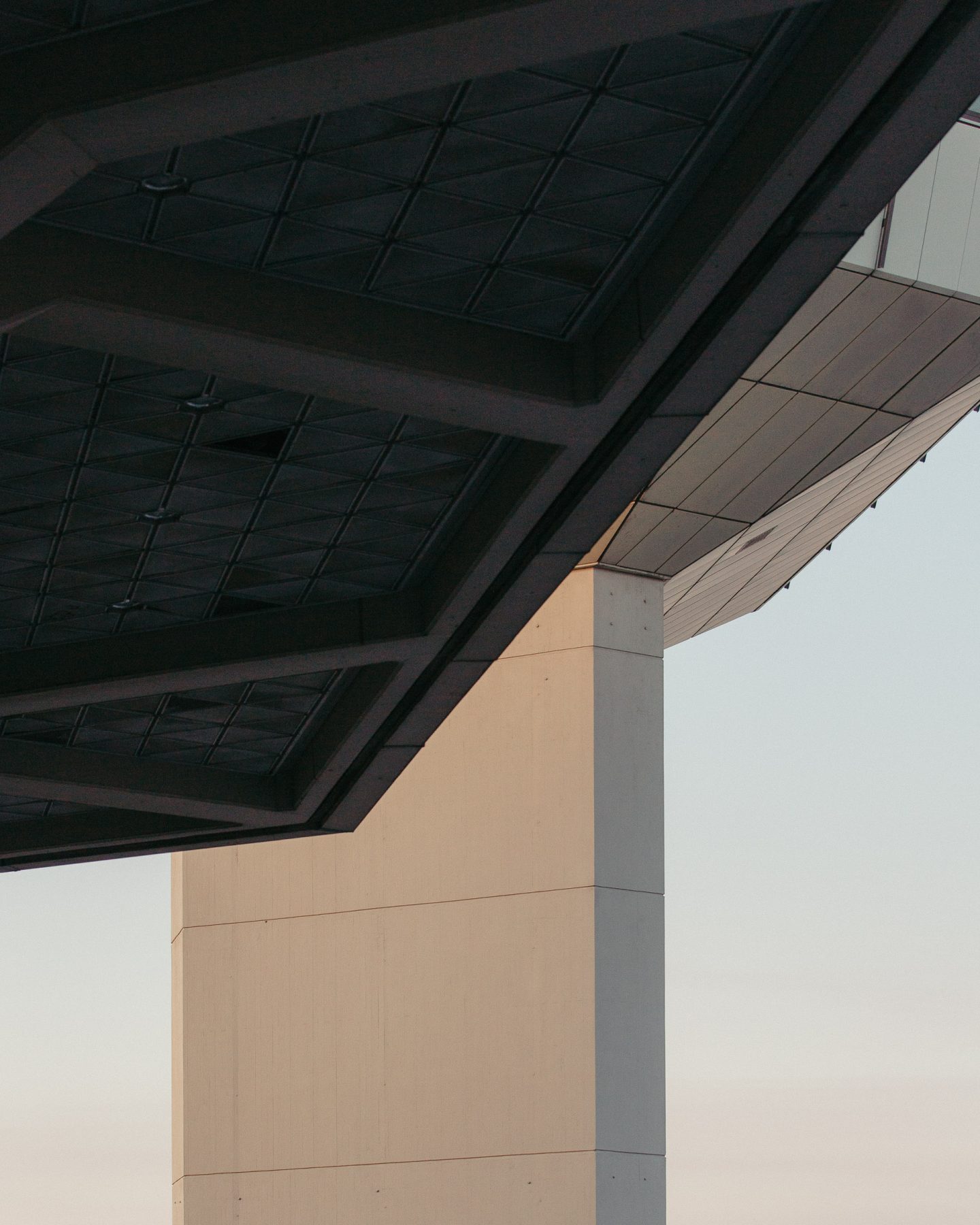
Your work is distinctly observational. How do you decide which visuals to capture?
Since we both work for Monocle Magazine which covers a lot of architecture stories in Europe, it was no different to an assigned story for us. We both spend years working for editorial clients: you go to places with a clear story in your head, something you’ve been briefed on or something already written by a writer. It really helped to be two people working on the project; we could play ideas back and forth between us, instead of just talking to the voice in our head. In the end, a lot of the visual storytelling happened in the edit—when we printed out nearly 400 pre-selected images and put them in order. For example, we knew that we did not want obvious references to the pandemic lockdown in the edit, like closed shops and so on. We wanted this to be all about Tegel, and not about a specific moment in 2020.
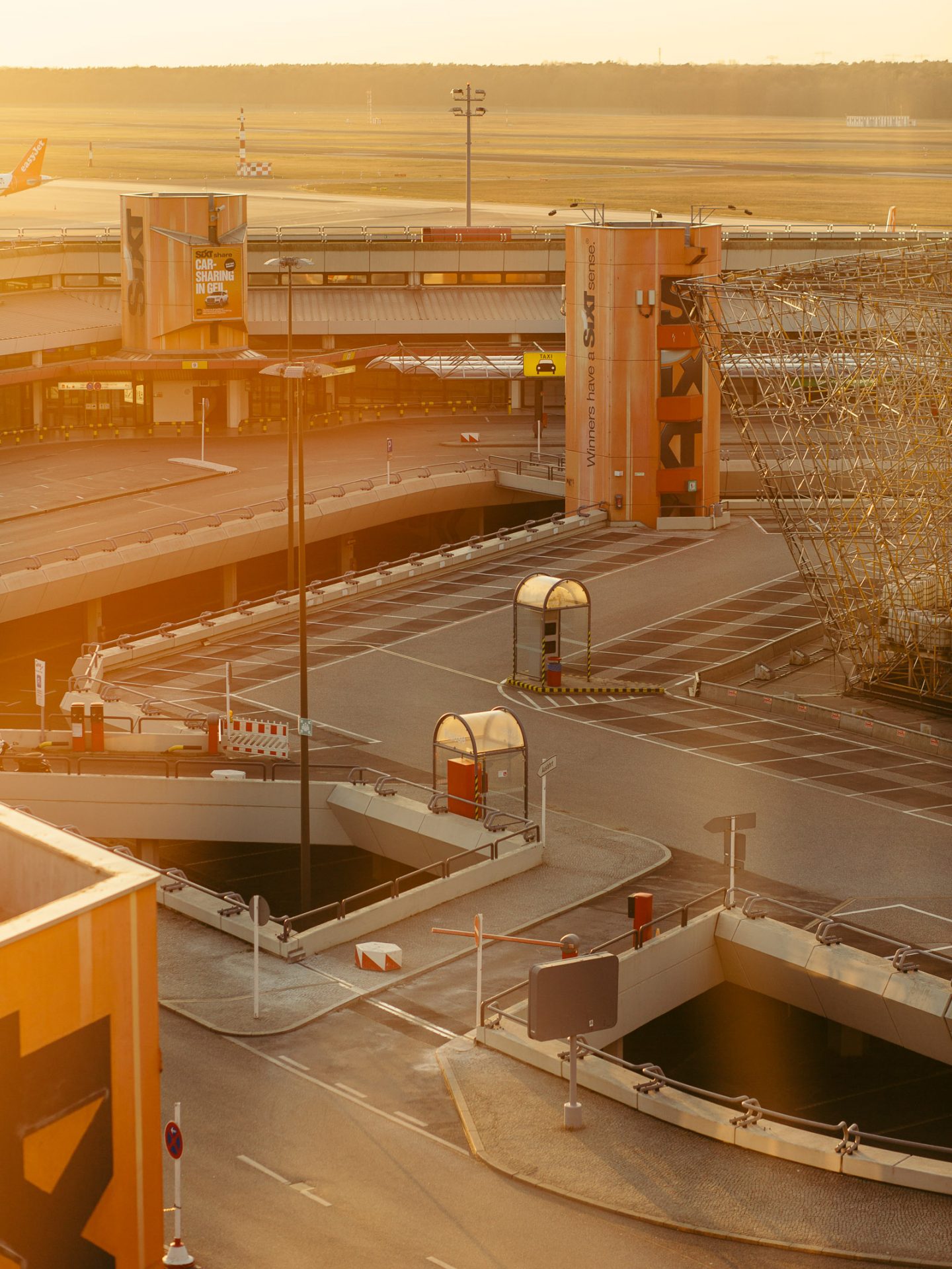
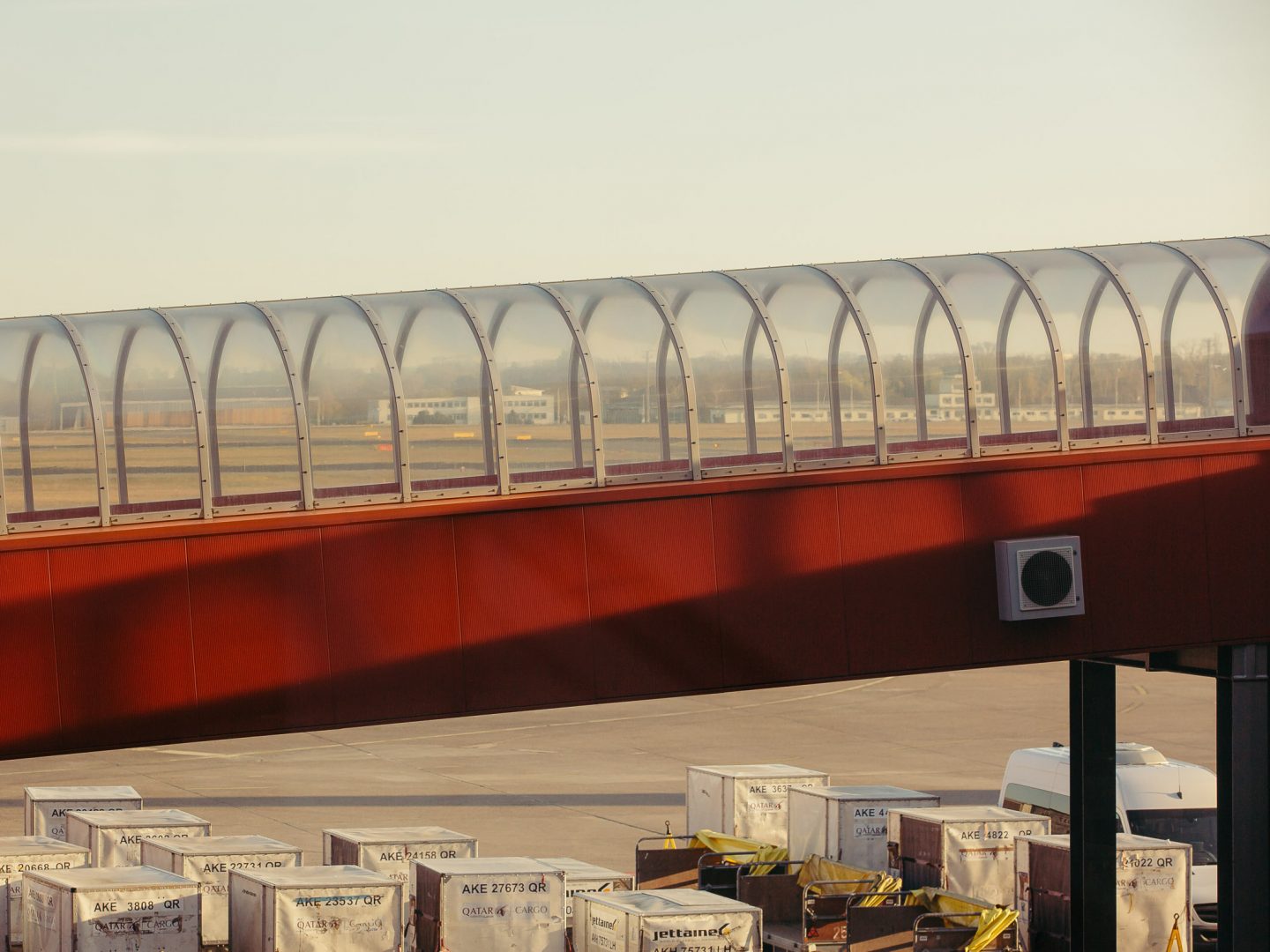
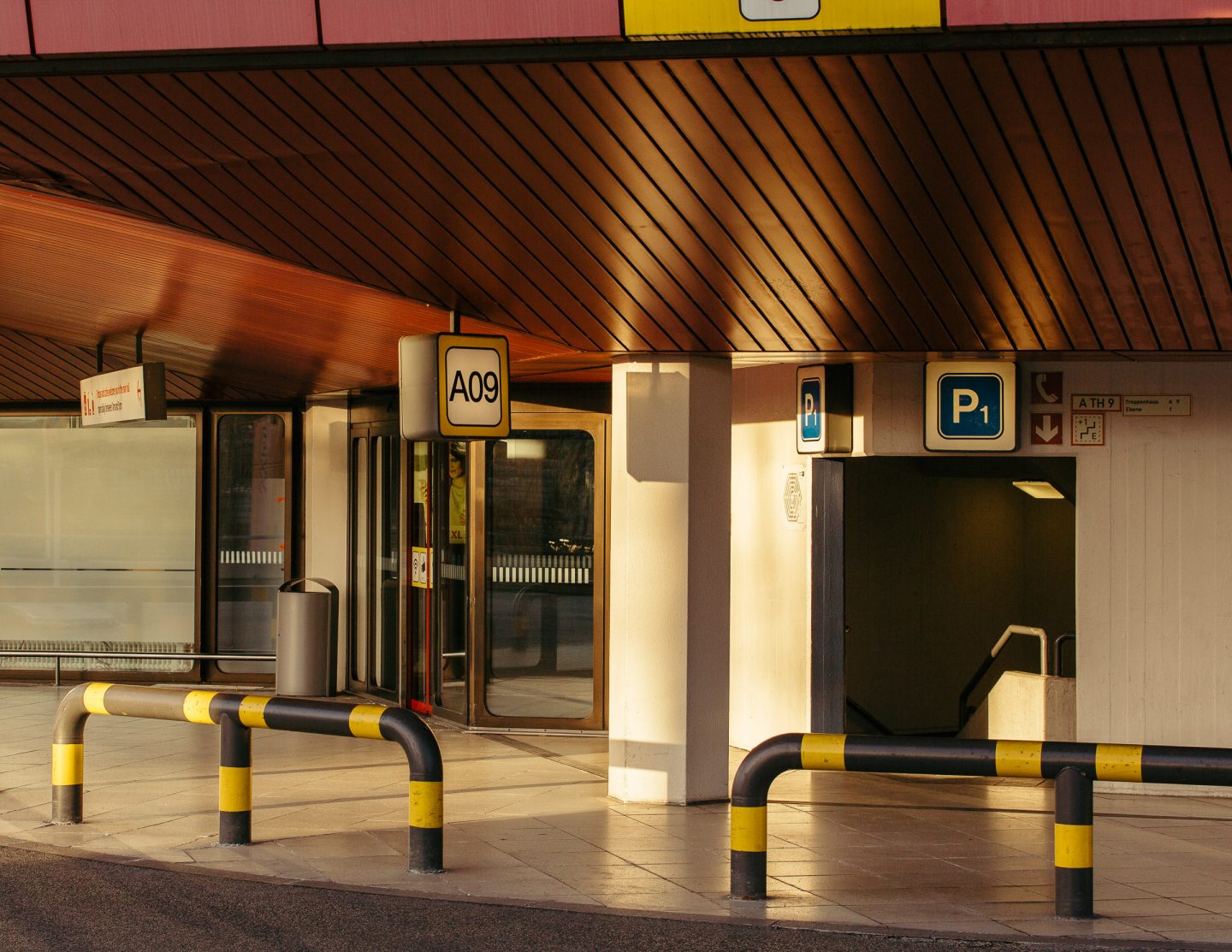
How did you work together on the project? How long did it take to document everything?
We biked to Tegel Airport many times and since there were no people at all—only some police strolling through the empty space—nothing changed from the day before. That gave us the opportunity to explore everything in detail without a deadline, or people or cars crossing our motives. We both walked around together for hours and it felt exciting and a little forbidden, like it did to explore abandoned buildings as children. We both shot simultaneously but interestingly we almost never crossed shot motives and if we did, they looked different from the angle and distance. Later, when we started the editing process we didn’t know what to expect as we had not worked together before. Fortunately, the pictures really compliment each other and came together as a singular voice.
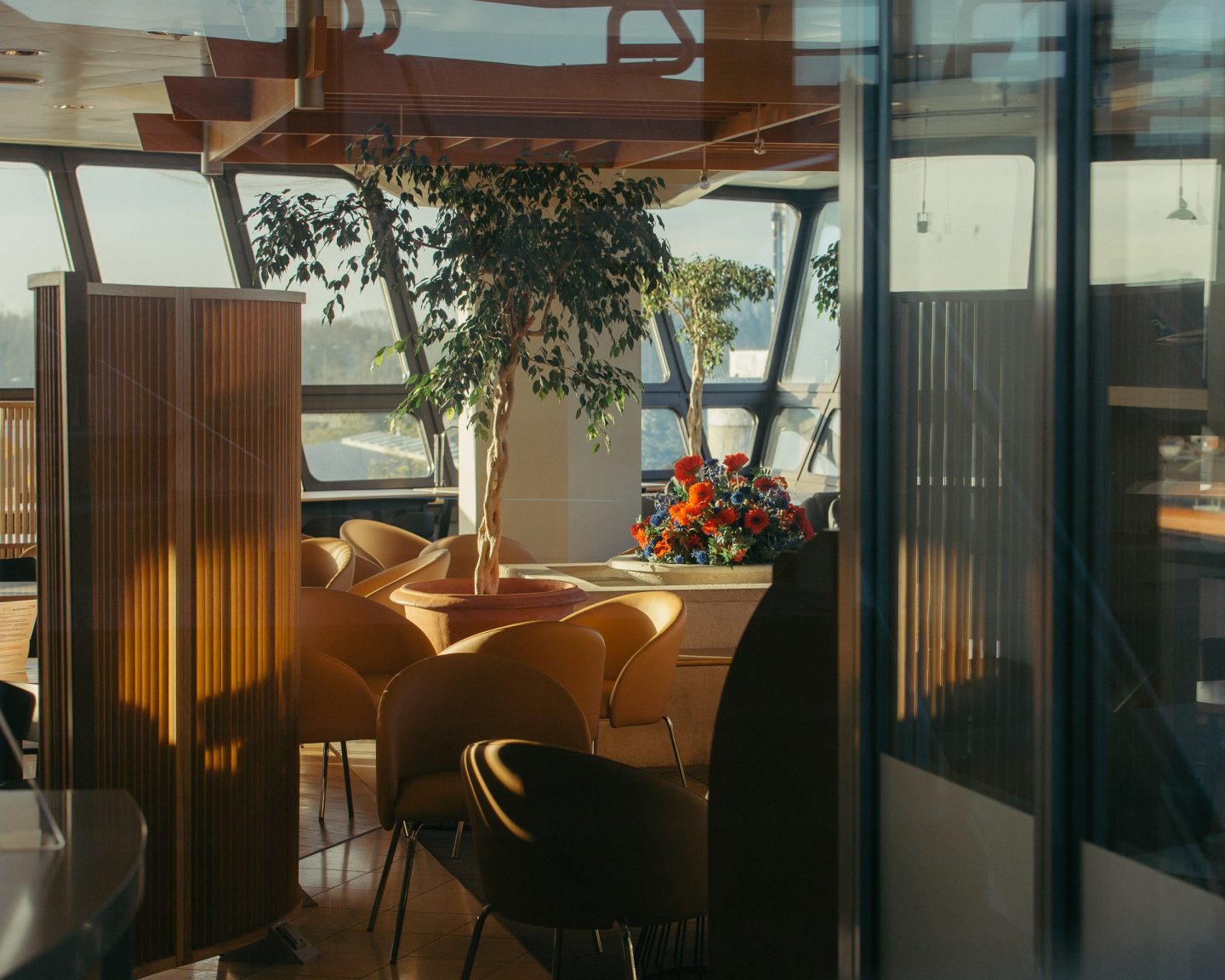
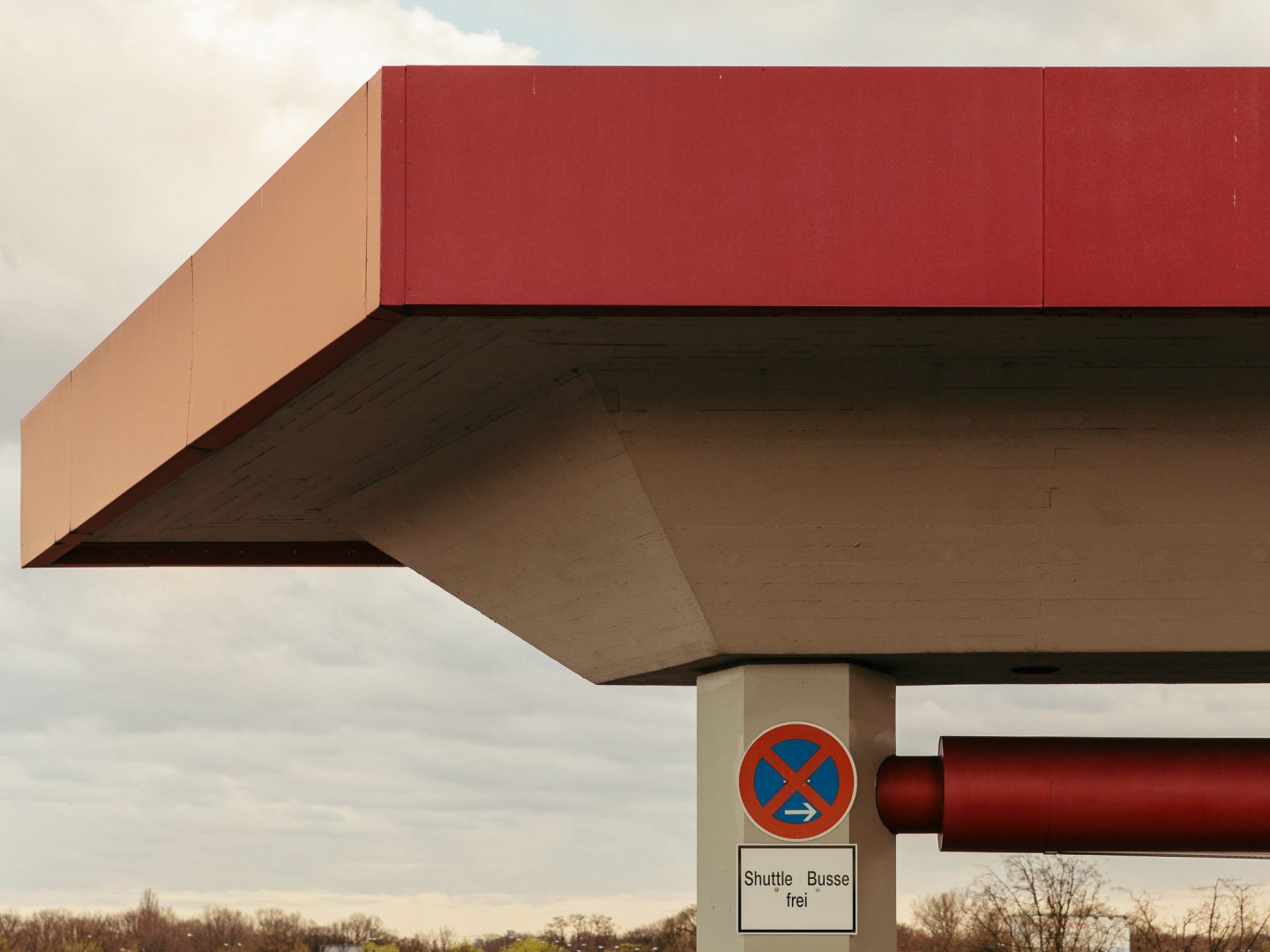
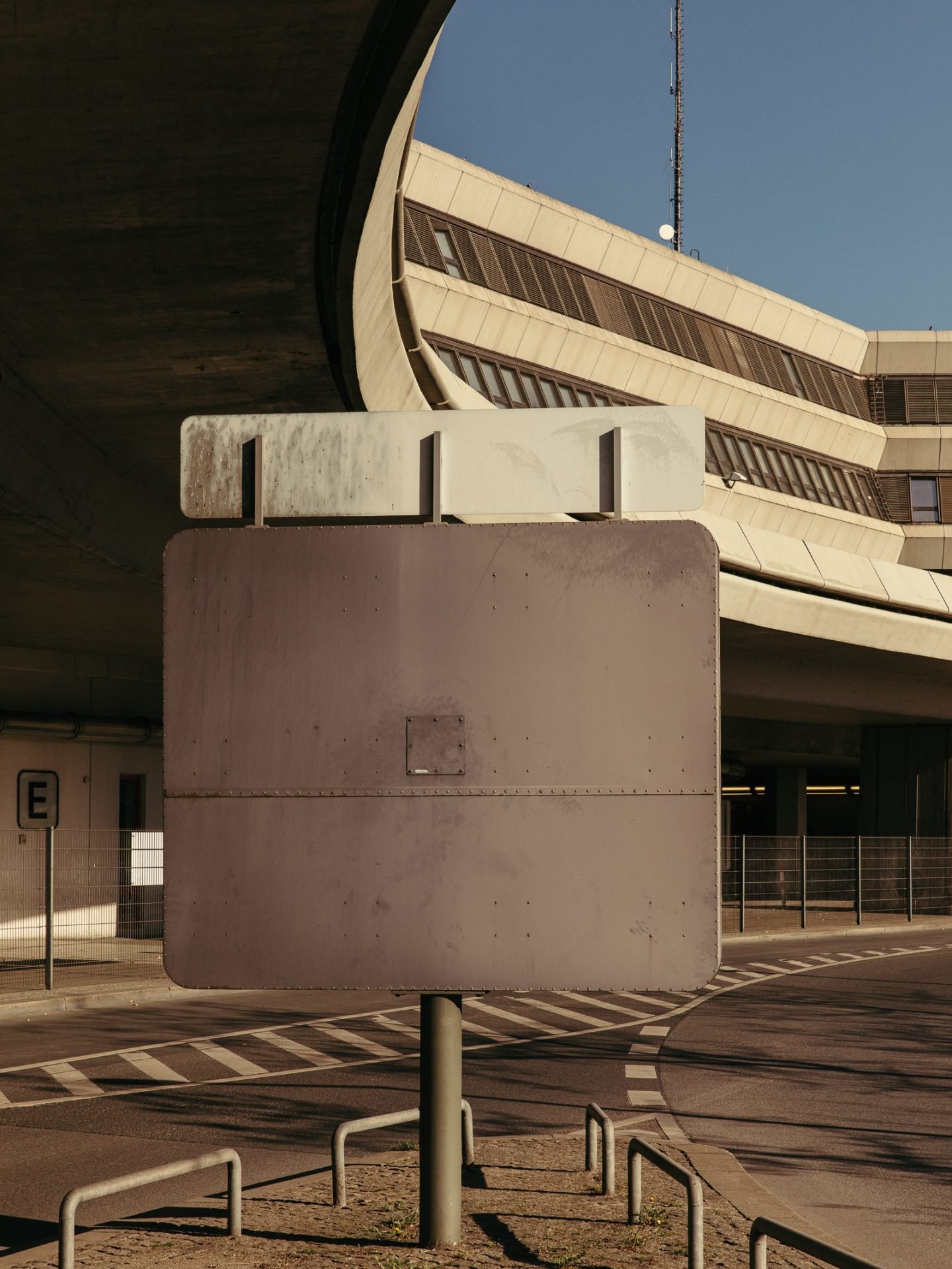
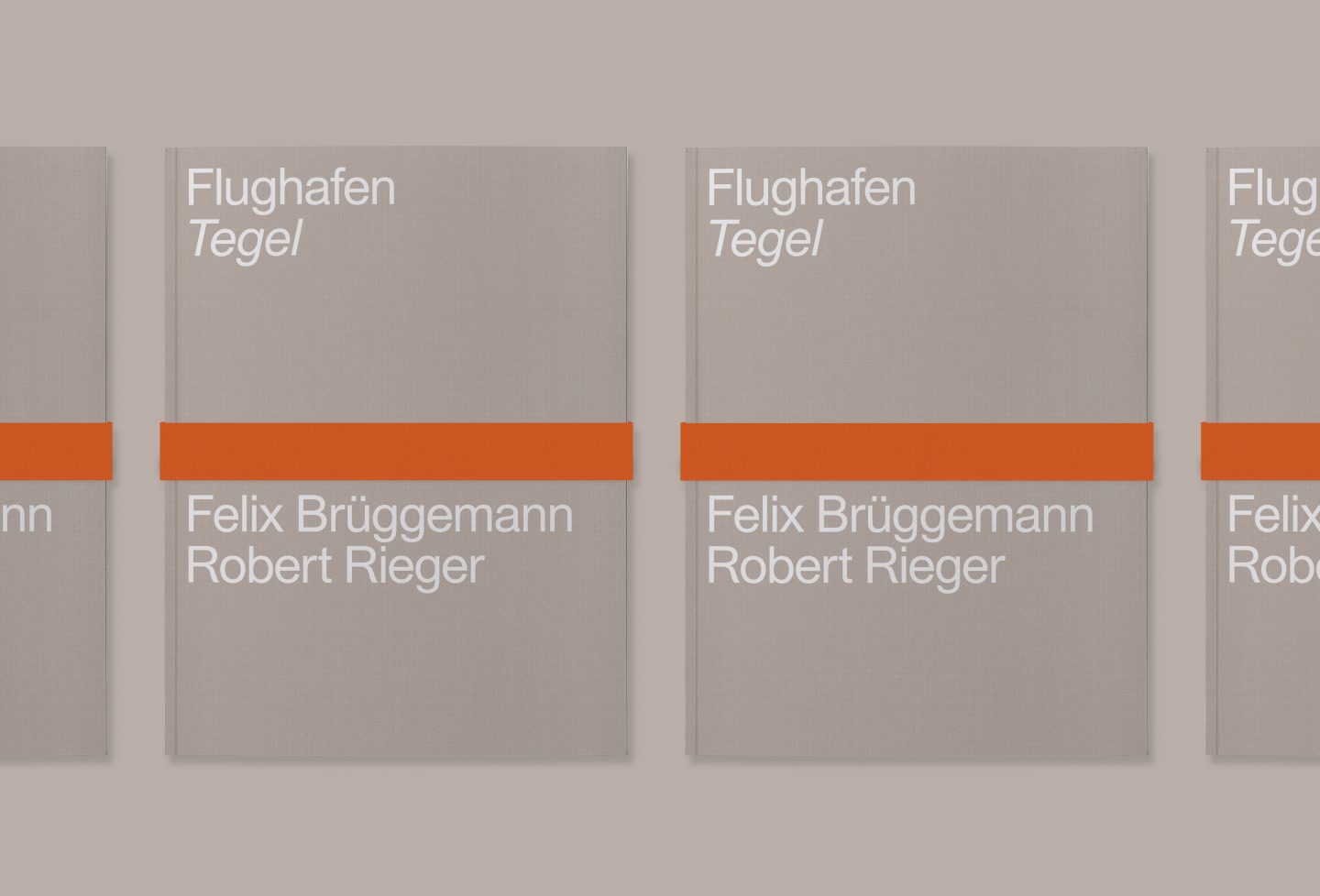
All images © Robert Rieger And Felix Brüggemann
